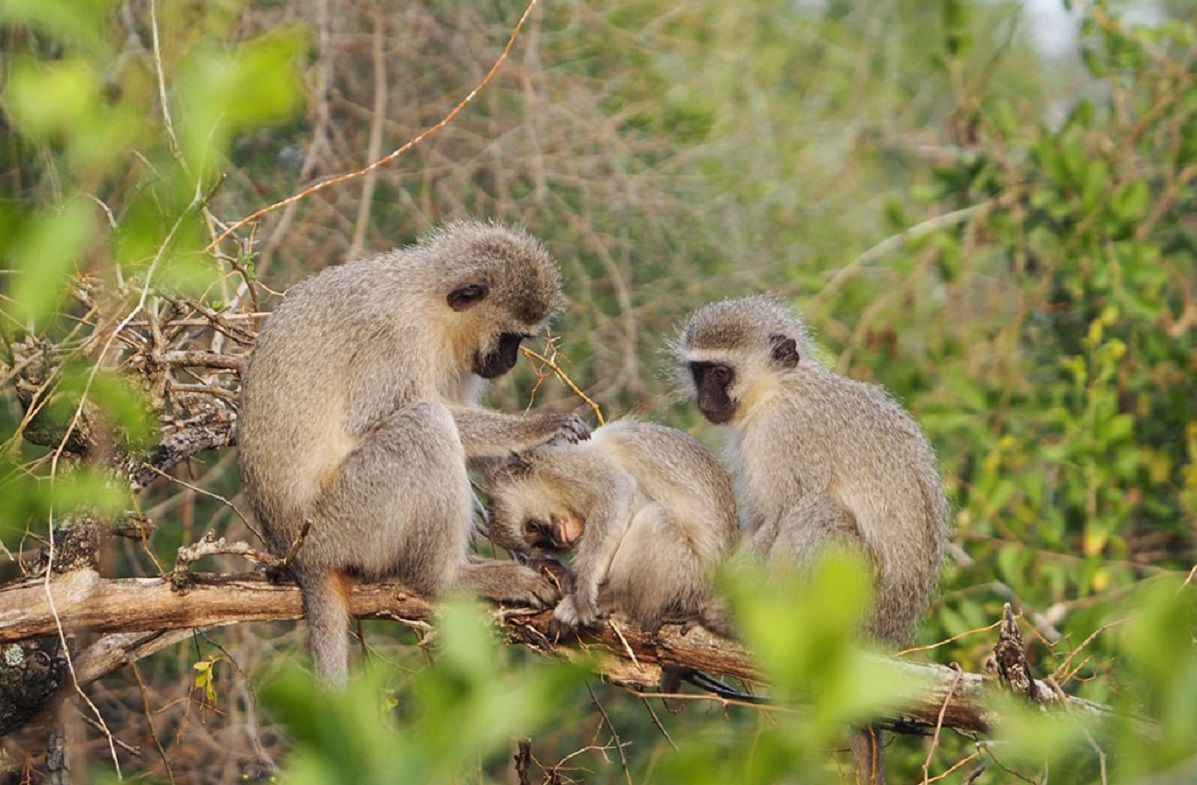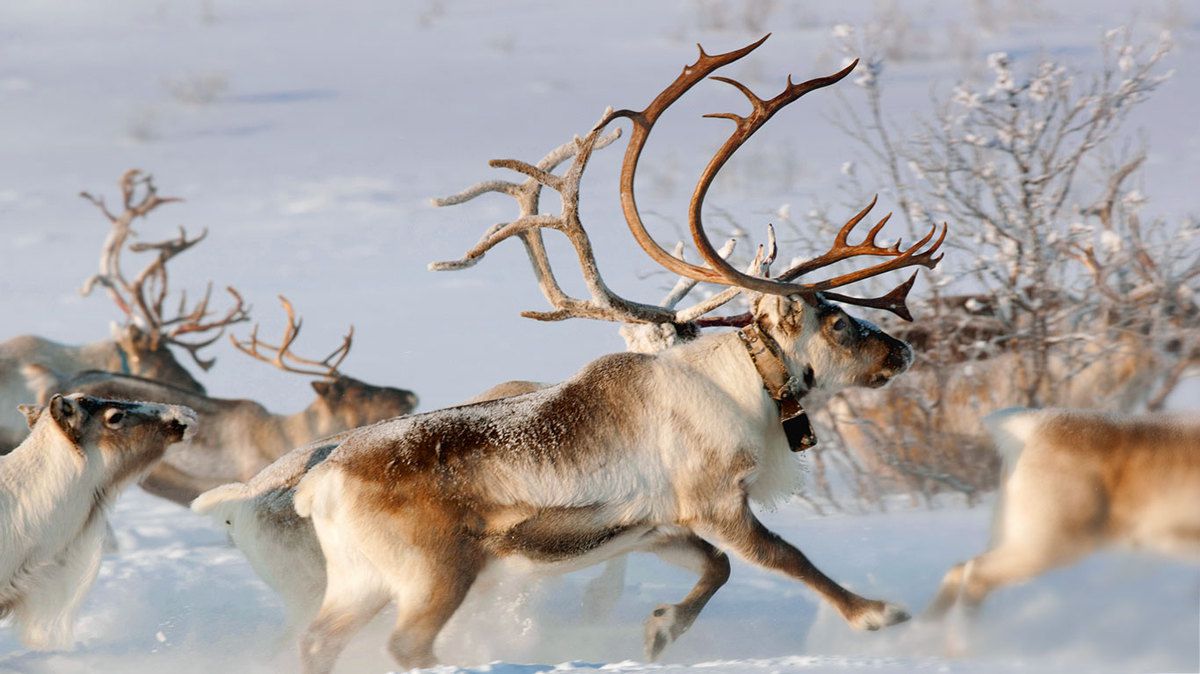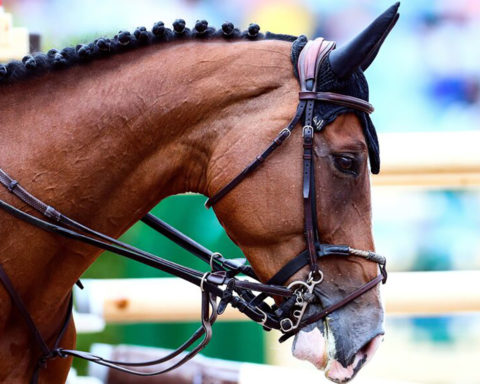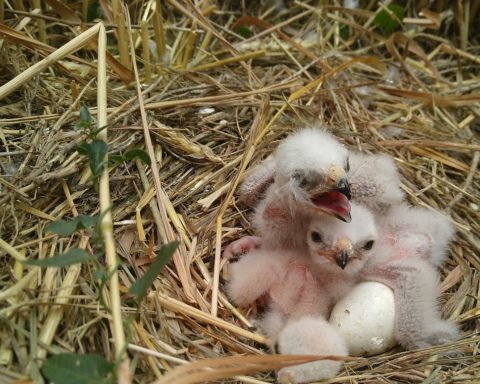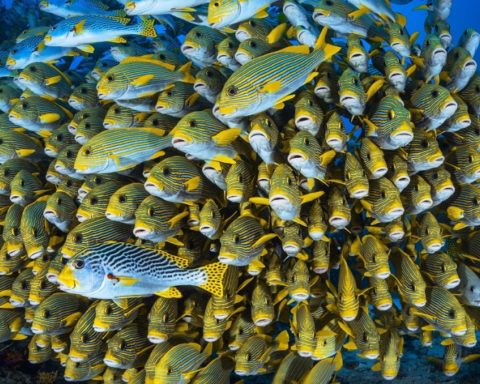Une étude publiée dans iScience révèle l’existence de traditions sociales chez des singes vervets. Jusqu’à présent, la plupart des traditions décrites chez les animaux sont d’ordre technique comme l’utilisation d’outils ou liées à la nourriture. En revanche, très peu d’exemples relèvent du domaine social. Cette étude, menée sur neuf années consécutives, suggère qu’une grande variété de traditions formée de comportements basiques constitue le socle des cultures animales.
De nombreux exemples de traditions, principalement liées à la nourriture ou à l’utilisation d’outils ont été décrites chez des espèces animales variées d’oiseaux et de primates par exemple, mais assez peu de traditions appartenant au domaine social ont été décrites. Dans une étude, publiée dans iScience, les scientifiques montrent l’existence d’une tradition sociale, c’est-à-dire une habitude qui se transmet sous influence sociale et non écologique ou génétique, au sein de trois groupes de singes vervets d’une même population sauvage.
Le « iNkawu Vervet Project » existe depuis 2010 et, chaque jour, des scientifiques suivent les groupes de singes du matin au soir, identifient chaque individu, les observent et relèvent un grand nombre de comportements affiliatifs, comme des comportements de jeux, de temps passé assis côte à côte, et d’épouillage (« grooming » en anglais, comportement qui permet de maintenir les liens sociaux entre individus), mais aussi des comportements agonistiques comme des conflits. Les singes vervets, espèce de singe répandue du Sahel à l’Afrique du Sud, vivent en groupes multimâles-multifemelles allant d’une dizaine à environ 80 individus. Les femelles restent toute leur vie dans leur groupe et en forment le cœur social. Les mâles, quant à eux, quittent leur groupe natal au moment de leur maturité sexuelle et partent pour intégrer un nouveau groupe. Au cours de leur vie, ils migreront plusieurs fois vers d’autres groupes.
Un processus de mimétisme comportemental agissant comme une glue sociale
Plus de 84 702 interactions sociales collectées ad libitum sur le terrain (un comportement est enregistré chaque fois qu’il est observé) ont été analysées entre 2012 et 2020 sur 247 singes. Plusieurs indices ont été mesurés : un indice de socialité estimant la propension des individus à être plutôt affiliatifs ou agonistiques, un indice mesurant la réciprocité dans leurs échanges d’épouillage et un indice appelé « Matri-love » quantifiant les comportements sociaux émis en direction des individus issus de la même lignée maternelle. Les résultats montrent qu’un groupe de singes était globalement plus affiliatif, avec des épouillages plus réciproques que les deux autres groupes ; cela tout au long des 9 années d’étude et indépendamment de certaines différences entre les groupes comme des variations socio-démographiques : sexe-ratio, âge des individus et taille des groupes.
De plus, ces différences de socialité observées entre groupes ne peuvent pas s’expliquer uniquement par des différences écologiques et génétiques car les trois groupes partagent un environnement très similaire avec des territoires se chevauchant et le flux génétique est assuré par les mouvements des mâles entre groupes. Ces résultats suggèrent fortement une origine sociale à ces différences de socialité entre groupes. Selon les scientifiques, les singes du premier groupe cité auraient développé une « tradition sociale » plus affiliative que celle des autres groupes, et cela sous influence sociale du groupe ou de certains individus « clés ». Les individus pourraient ainsi se comporter comme les autres par un processus de mimétisme comportemental agissant comme une glue sociale.
Des comportements basiques forment le socle de ces cultures
De façon étonnante, les scientifiques ont montré qu’au cours de l’étude, six mâles adultes ont dispersé d’un groupe à un autre et qu’ils ont adapté leur socialité à celle de leur nouveau groupe. Ainsi, les mâles qui ont quitté le groupe le plus social – pour intégrer les deux autres sont devenus moins sociaux et inversement. Dans une étude précédente il avait été montré, lors d’une expérience de choix alimentaire, que les mâles abandonnaient leur préférence initiale pour une nourriture pour se conformer à la norme alimentaire locale de leur nouveau groupe. Cette étude révèle que cette conformité peut s’étendre aux observations naturelles des comportements sociaux.
Cette étude contribue à une meilleure connaissance des traditions comportementales des singes vervets à l’état naturel, en comparaison à celles des grands singes qui sont beaucoup plus étudiées et documentées. Les cultures des primates sont constituées d’une plus grande variété de traditions comportementales que ce que l’on croyait, il y a encore quelques années. Plus la recherche avance et plus on découvre que des comportements basiques forment le socle de ces cultures.
Source : CNRS
Photo d’en-tête : © Charlotte Canteloup / Photo d’épouillage social

